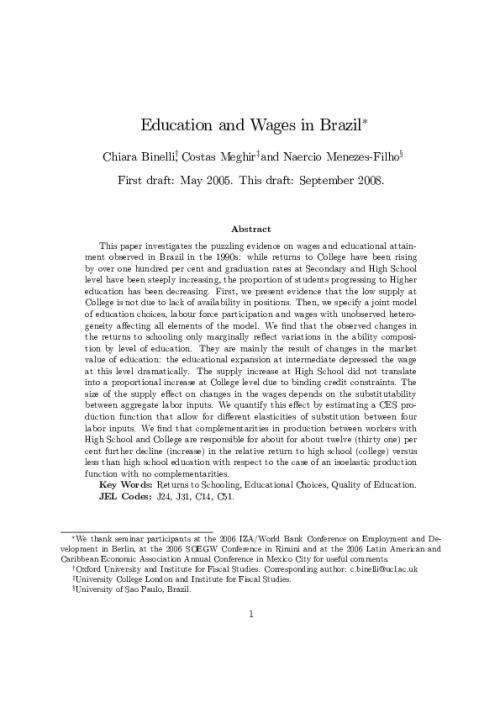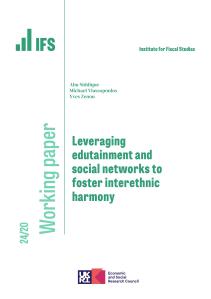This paper investigates the puzzling evidence on wages and educational attainment observed in Brazil in the 1990s: while returns to College have been rising by over one hundred per cent and graduation rates at Secondary and High School level have been steeply increasing, the proportion of students progressing to Higher education has been decreasing. First, we present evidence that the low supply at College is not due to lack of availability in positions. Then, we specify a joint model of education choices, labour force participation and wages with unobserved heterogeneity affecting all elements of the model. We find that the observed changes in the returns to schooling only marginally reflect variations in the ability composition by level of education. They are mainly the result of changes in the market value of education: the educational expansion at intermediate depressed the wage at this level dramatically. The supply increase at High School did not translate into a proportional increase at College level due to binding credit constraints. The size of the supply effect on changes in the wages depends on the substitutability between aggregate labour inputs. We quantify this effect by estimating a CES production function that allow for different elasticities of substitution between four
labor inputs. We find that complementarities in production between workers with High School and College are responsible for about for about twelve (thirty one) per cent further decline (increase) in the relative return to high school (college) versus less than high school education with respect to the case of an isoelastic production function with no complementarities.










